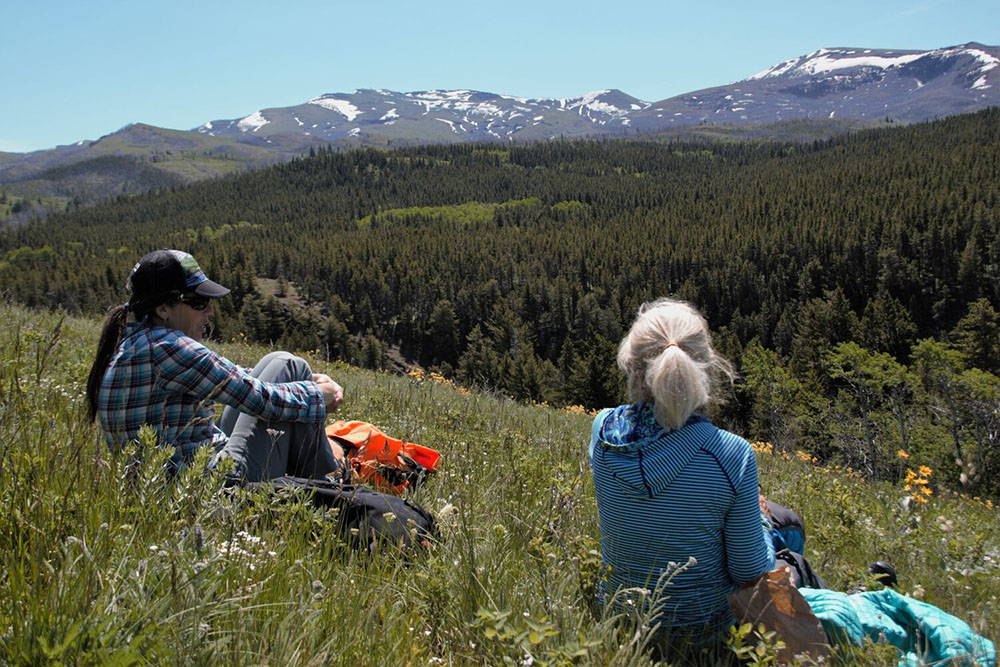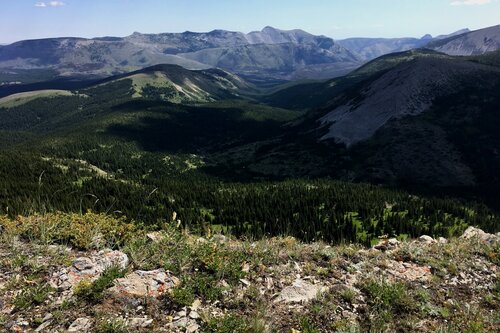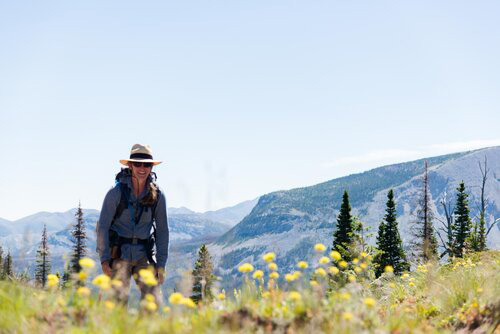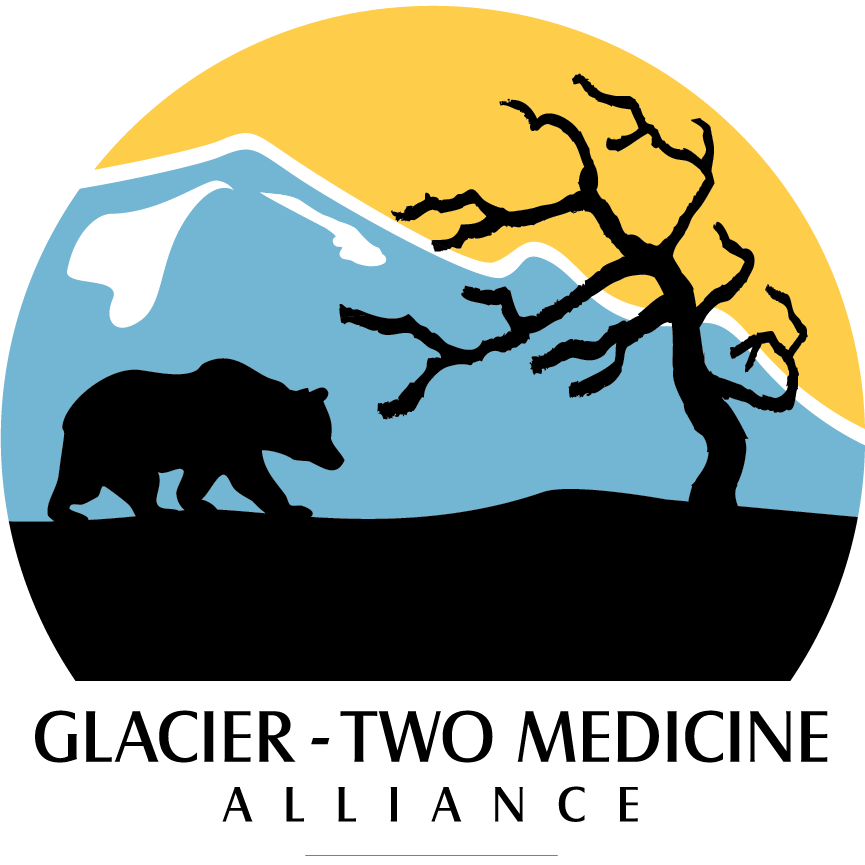
There has been plenty of buzz and excitement about the proposed Badger-Two Medicine Protection Act. Here at Glacier-Two Medicine Alliance, we have been receiving lots of interest and quite a few questions about the legislation. For those who want to pop the hood and take a closer look, this blog is for you!
How Did it Come About?
The proposed Badger-Two Medicine Protection Act is the result of several years of kitchen table conversations between the Blackfeet Tribe, elected officials, conservationists, hunters and anglers, landowners, outfitters, business owners, recreationists and many other people up and down the Front and throughout Montana. Glacier-Two Medicine Alliance has been deeply involved in its development. It was tailored to the unique characteristics of the Badger-Two Medicine and designed by people who know and care for the area.
What Would it Protect?
 The bill seeks to mostly keep the area the way it is today – as an undeveloped landscape where wildlife and natural processes flourish, where Blackfeet people can practice culture and ceremony, and where all people can continue to hike, hunt, ride horses, or otherwise enjoy the area as they have for generations. Toward that end, it explicitly directs the Forest Service to protect the ecological integrity of 130,000 acres of forest lands, including fish and wildlife habitat and migration corridors. It also directs the agency to maintain water quality and the free-flowing character of over 60 miles of rivers and streams.
The bill seeks to mostly keep the area the way it is today – as an undeveloped landscape where wildlife and natural processes flourish, where Blackfeet people can practice culture and ceremony, and where all people can continue to hike, hunt, ride horses, or otherwise enjoy the area as they have for generations. Toward that end, it explicitly directs the Forest Service to protect the ecological integrity of 130,000 acres of forest lands, including fish and wildlife habitat and migration corridors. It also directs the agency to maintain water quality and the free-flowing character of over 60 miles of rivers and streams.
To further these outcomes, road building and commercial timber harvest would be prohibited as would motorized travel (which has been off limits since 2009). Construction of dams, water diversions and significant new permanent structures like utility lines or building would likewise be banned. At the same time, the Forest Service could still conduct non-commercial vegetation management projects to address hazardous fuels and weeds or for ecological restoration purposes. Wildfires could continue to be managed as well. All told, these provisions provide strong ecological protections similar to Wilderness or National Park designations and will ensure native species and natural processes continue to thrive in a wild, undeveloped Badger-Two Medicine.
What is a Cultural Heritage Area?
The Act would designate the Badger-Two Medicine as a Cultural Heritage Area, a name chosen to reflect both its cultural significance to Blackfeet people and its importance to the outdoor heritage of non-tribal communities throughout our region. The Cultural Heritage Area is intended to help maintain the cultural integrity of the area so Blackfeet people can continue to practice their cultural traditions and spirituality here as they have for untold generations. It does so by enhancing and making permanent the values and attributes of the existing Traditional Cultural District (TCD) designation. It would also close the area to all forms of mechanized transport, including mountain bikes and drones, modern modes of transportation the Blackfeet have deemed incompatible with the cultural values and integrity of the area.
 What Outdoor Uses are Protected?
What Outdoor Uses are Protected?
The proposal would safeguard public access for well-established recreational activities like hiking, hunting, fishing, horse packing, camping, or wildlife viewing. Access by Tribal members for traditional cultural activities would likewise be protected. Chainsaws would be allowed for management and for the public so people can continue to gather firewood or treaty-reserved forest products in the area as they do now. Similarly, the act would have no effect on existing grazing management. Other permitted uses, like outfitting and guiding, would likewise continue under this proposal. All valid, existing rights such as water rights and treaty rights would not be affected. Nor would private property, which is excluded from the proposed Cultural Heritage Area.
How Would the Blackfeet Assist in Managing the Cultural Heritage Area?
The Forest Service would manage the Cultural Heritage Area as part of the Helena-Lewis and Clark National Forest, however the Blackfeet Tribe would have a more defined role and more skin in the game. Primarily this would entail assisting the Forest Service in developing the management plan for the area and advising the agency through routine consultation.
Furthermore, any new ground disturbing activities proposed in the Cultural Heritage Area would require tribal consent in addition to other environmental analyses and public participation requirements before the activity could go ahead. Additionally, the Forest Service could, if it desired, contract the Tribe to conduct certain activities, like trail maintenance, cultural resource inventories, or public interpretation programs within the Cultural Heritage Area. Finally, the proposal directs the agency to create a citizen’s advisory committee to guide the development and implementation of the management plan. This management framework is designed to ensure robust, inclusive, and accountable management of the Cultural Heritage Area.
In this way, the proposed legislation is a model for how the interests of conservation and the interests of tribal nations can be interwoven in a respectful and mutually supportive manner.
How Does This Fit In With Past Conservation Efforts?
The legislation will add immensely to Montana’s conservation legacy and outdoor heritage This bill would complete the protection of the last 28 miles of the Rocky Mountain Front, creating a conservation corridor from the Bob Marshall to Glacier National Park.
What Are the Next Steps?
For any of this to happen we need this proposal introduced in Congress. Your voice is critical to making this happen. Please visit our action center for how to help and sign our letter to the Montana delegation requesting swift introduce of this legislation.
Also, Glacier-Two Medicine Alliance would love to hear your thoughts on the proposal, additional questions you may have, or other feedback.
